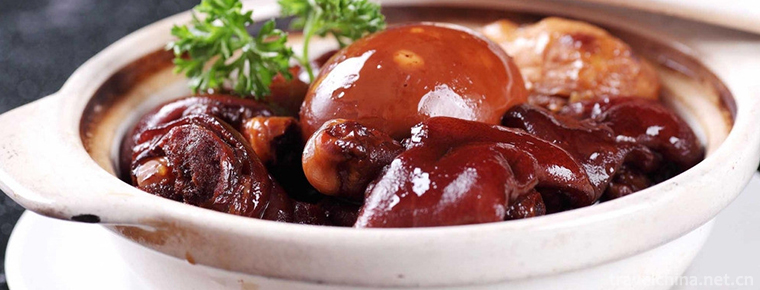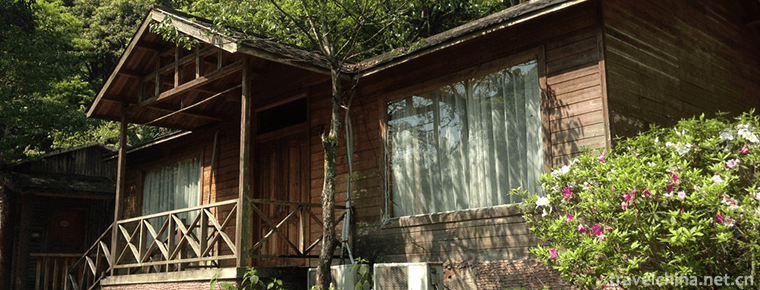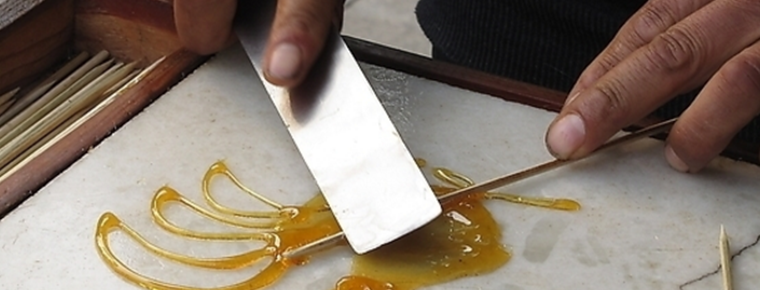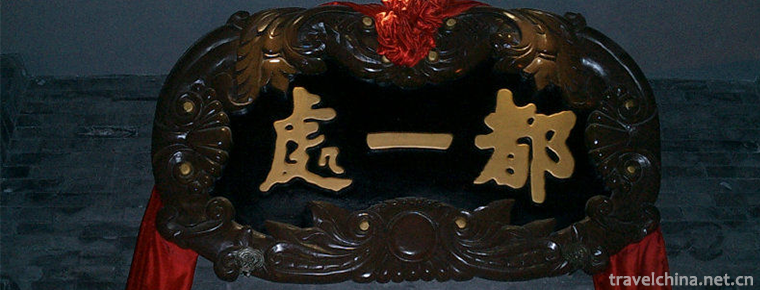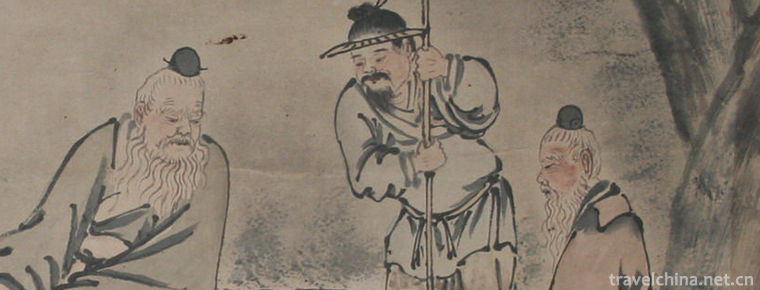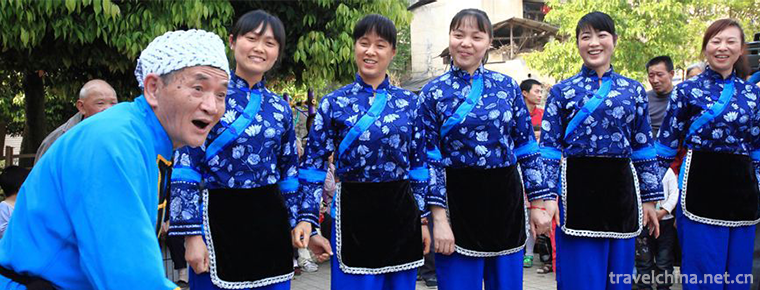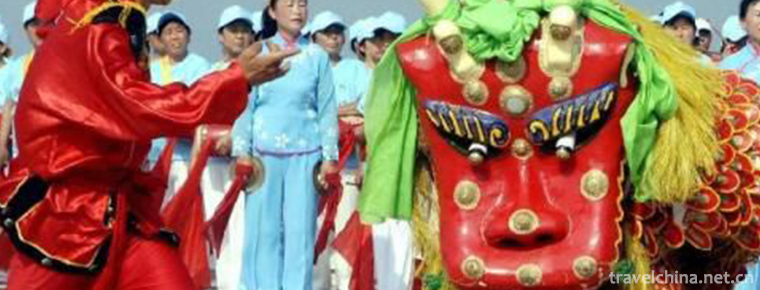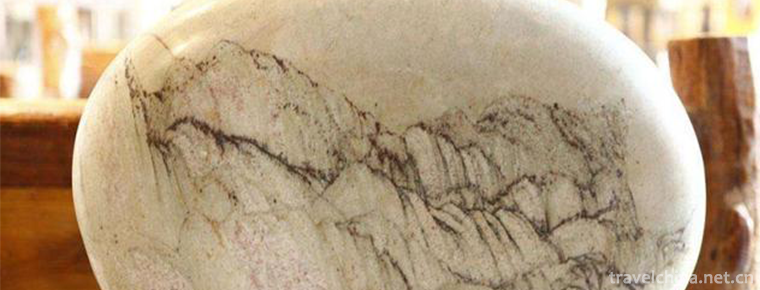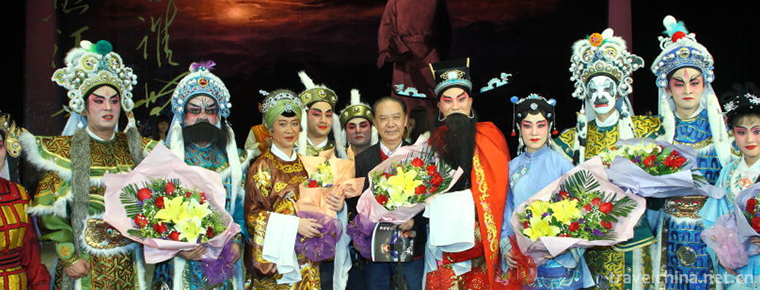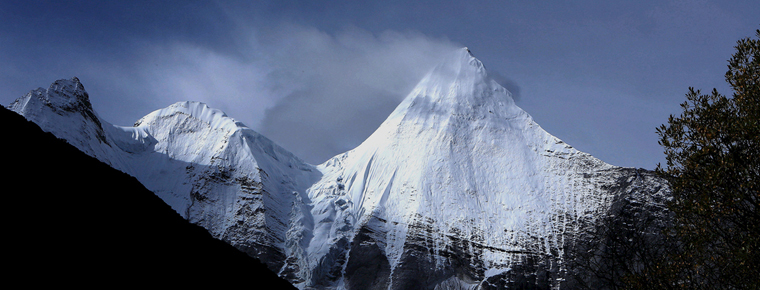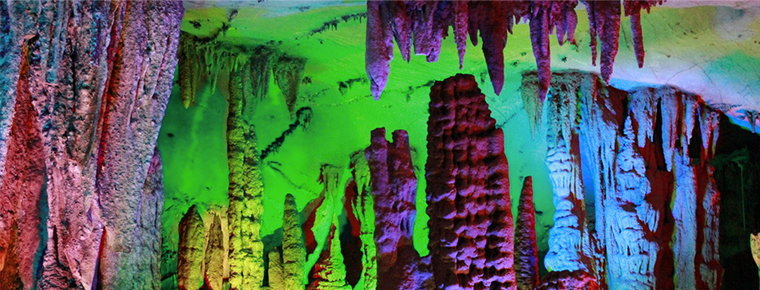Huang Longxi
Huanglongxi Town is situated on the Fuhe River to the East and Muma Mountain to the north. With beautiful scenery, the inhabitants of the town live in this quiet and primitive environment. The earliest and systematic launch of Huanglong Valley is the number of China Trade Corporation. In 1990, in a publication presented to the whole country, the company introduced in detail the history of the ancient town, Zhuge Liang Bingmu Ma Shan, and the successors of traditional Chinese medicine in the ancient town. And with a large number of ancient temples, ancient trees, ancient streets and alleys, ancient floating bridges and ancient wooden ware, carving pictures, showing the Huanglongxi "ancient town scenery is good, ancient town folk style pure" scene. In the same year, "Civil Aviation of China" and "Southwest Airlines" and other magazines began to introduce Huanglongxi ancient town style. In'92 China Friendship Tourist Year', the Provincial Tourism Bureau and the Southwest Civil Aviation Administration jointly promoted the ancient town of Huanglongxi as one of eight selected tourist routes. Most of the existing dwellings in Huanglongxi ancient town are Ming and Qing Dynasties buildings. The main street is paved with stone slabs. On both sides of the street are hanging feet with cornices and railings. Huanglongxi, everywhere filled with mist, deep streets, curved, two-storey wooden buildings on both sides, one by one, downstairs to the street are mostly shops, arcade-style buildings, a blue-and-white flag fluttering in front of the door, what "fish fragrance", "Lu Huitou", "Tang crisp shop" and so on. The house on the two floor, near the inner street, is used as a residence, near the riverside for business. Walking through a street, I saw another lane, the blue stone road at my feet, the dark and shining doors, the antique signboards, with a strong sense of antiquity.
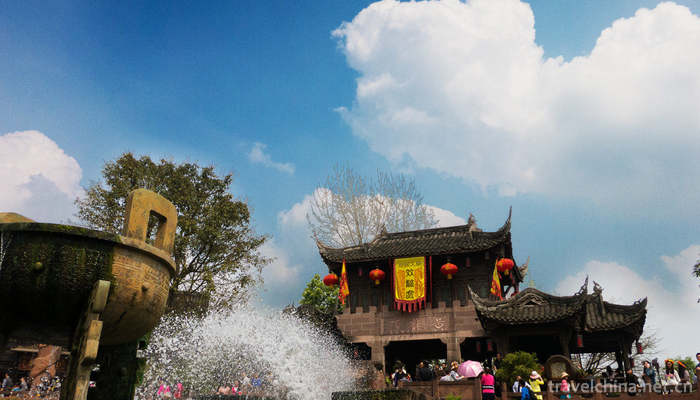
The ancient cultural tourist attractions in Huanglongxi are as many as bright pearls. They can be divided into three ancient scenic areas connected by water, namely, the core scenic area, the diffusion scenic area and the extension scenic area.
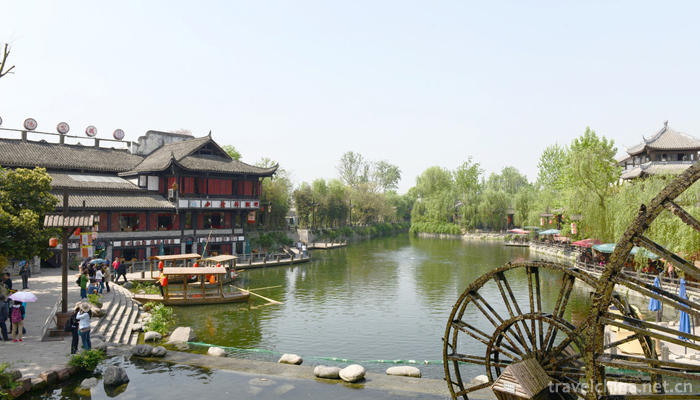
The core scenic spot of Huanglongxi is an area of 5 square kilometers centered on the ancient town. It is famous for its ancient streets, ancient trees, ancient temples, ancient dykes, ancient embankments, ancient houses, ancient docks, ancient battlefields, ancient cliff tombs and ancient yamen. Ancient town also has "one street, three temples", "three counties, one yamen", "millennium old trees with ancient town" and so on all sigh for the national spectacle, Zhenjiang Temple is opposite the Jinjiang River and Luxi River intersection, Jinjiang River water, Luxi water brown, visible "Huanglong crossing Qingjiang River, real dragon inside Tibet" landscape, boating water, air and elegant, Poetry and tea are like dreams. Three kilometers from the mouth of the Luxi River to the Huanglongxi Spreading Scenic Area, the scenic area is famous for the "Great Buddha Temple" and "Guanyin Temple", two temples are located on two mountains, far away from each other. On the north bank is the "Great Buddha Temple" which was originally built in the Ming Dynasty. It was carved on the steep cliff of the elephant album and is two Zhang high. It is called the "second largest Buddha in Shuzhong" in history. The Guanyin temple is located on the Guanyin Mountain. Two kilometers from the upper reaches of the Luxi River along the Jinjiang River is the Chenjia Island, which is one of the "five islands of Huanglong". There is only one existing island in Western Sichuan that does not wash away the ancient grinding water - "Chenjiashui Mill". When the car goes near the water grinding the island, it smells the squeaky and dumb ancient grinding sound from afar, which arouses many sweet memories of farming culture.
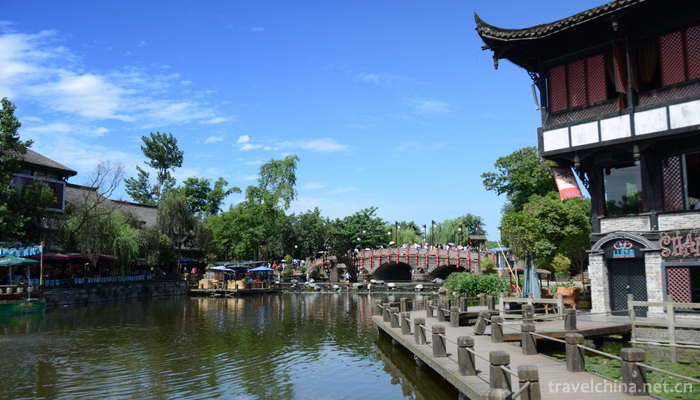
It is precisely the ancient flavor that attracts many friends in the film and television circles. It has become an ideal place for making films in ancient costumes. More than 100 films and TV films, such as Zhuo Wenjun and Sima Xiangru, Haideng Master and Qin Huai Shijia, have been filmed here successively.
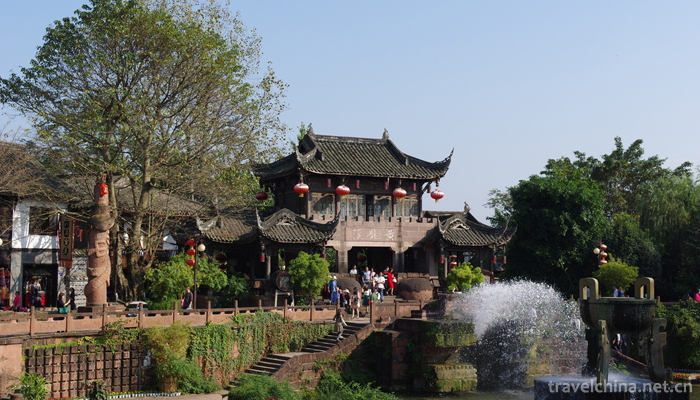
More pic
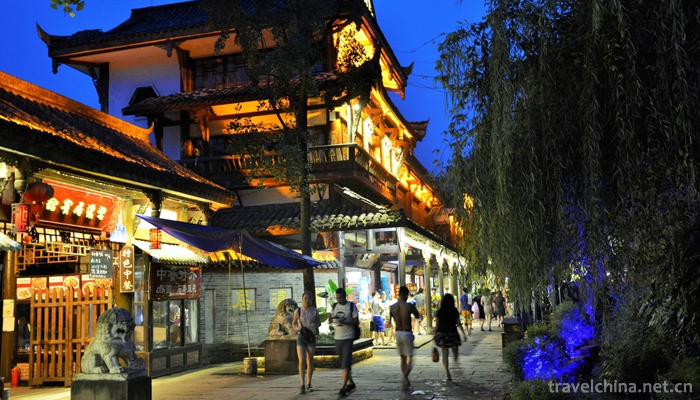
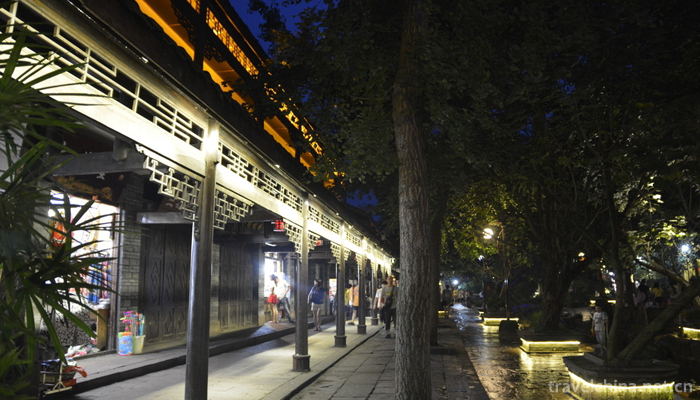
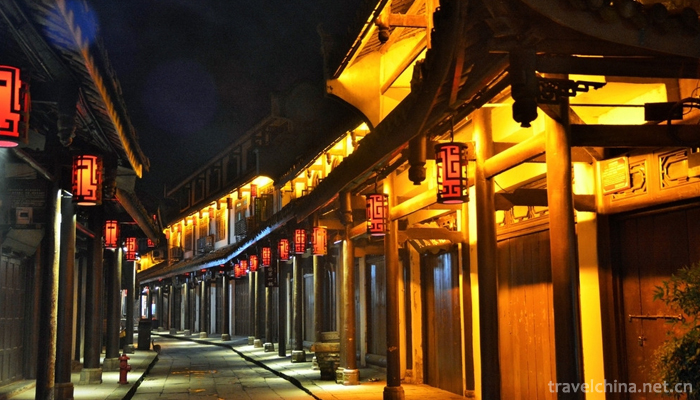
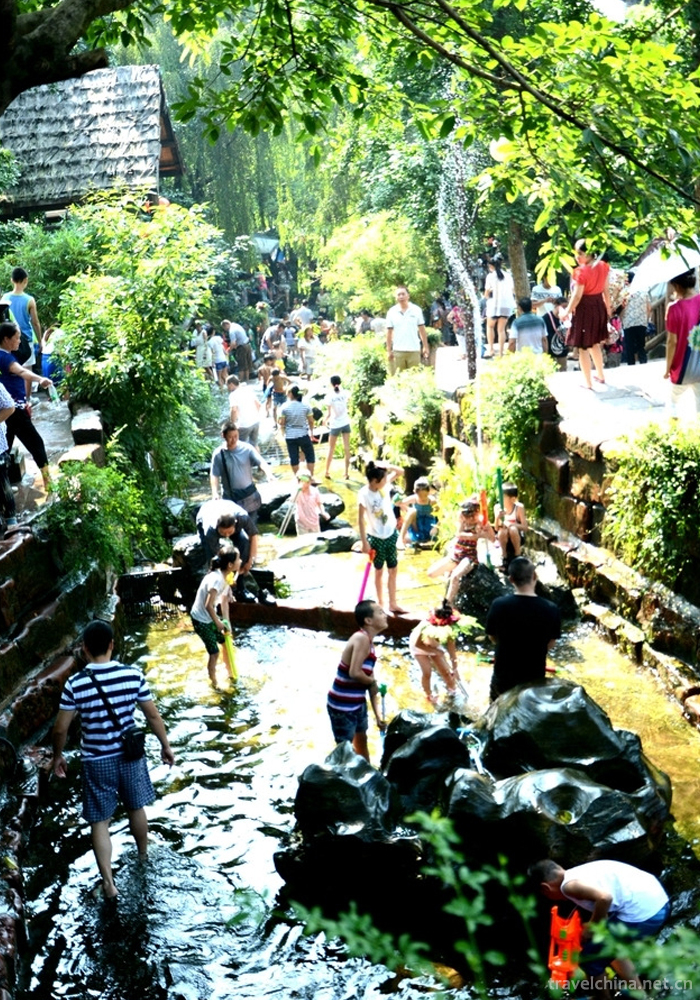
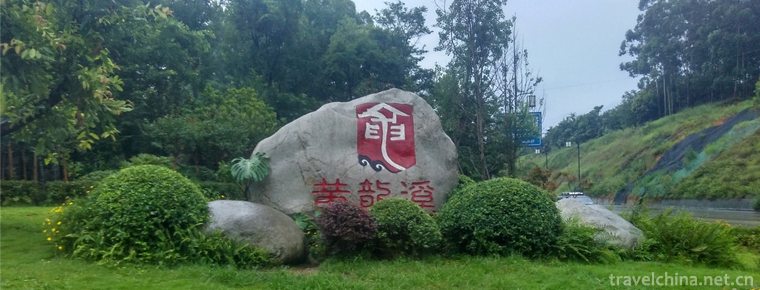
Huang Longxi
-
Jiang Cudan Canton style pig leg
Except for those with internal fever, dry stool and weak spleen and stomach function, breast enlargement products can be used as a warm-up tonic in winter.
Views: 240 Time 2018-11-02 -
Jiangbulak Scenic Area
Jiangbulak Scenic Area is located in the low mountain belt 58 kilometers southeast of Qitai County, Xinjiang, China. It includes wide gully scenic area and Yangwatan beach
Views: 159 Time 2019-01-21 -
Panlongxia Ecotourism Area
Panlongxia Ecotourism Area is located in the northwest of Deqing County, Guangdong Province, about 28 kilometers away from the county seat. The whole ecotourism area covers an area of 30,000 mu
Views: 178 Time 2019-02-07 -
Traditional skills
Chinese traditional folk art is a craft inherited from Chinese folk, such as paper-cut is one of the most popular traditional folk decorative arts in China, with a long history
Views: 340 Time 2019-04-19 -
Duyi barley roasting technology
Duyi Maiguan was opened in 1738, the third year of Qianlong in Qing Dynasty. The entrepreneur's surname is Wang, and his native place is Shanxi. For the first time
Views: 215 Time 2019-04-28 -
Legend of Ronke Mountain
The legend of Mount Ronke is a local folklore spread in Quzhou, Zhejiang Province. Weiqi originated in China, and it is said that the root of Weiqi is Mount Ronke.
Views: 164 Time 2019-05-11 -
Mudong Mountain Song
Mudong folk song is a traditional folk song sung by the people of Mudong Town, Banan District, Chongqing City. Mudong folk song is a folk song sung by the people of Mudong Town, Banan District, Chongq
Views: 138 Time 2019-06-06 -
kylin dance
Kirin dance, also known as "Wu" Kirin, is a court dance performance of the Ming Dynasty in China. It was spread among the people when the Nanming Dynasty perished. When dancing,
Views: 111 Time 2019-06-10 -
Stone Appreciation Art
In the form of both pictures and texts, Stone Appreciation Art popularizes the knowledge of Stone Appreciation Art to readers, especially young readers.
Views: 157 Time 2019-06-13 -
Western Qin Opera
Western Qin opera, also known as "chaotic play", is popular in Haifeng, Lufeng, Chaoshan, southern Fujian and Taiwan. Western Qin Opera flowed into Hailufeng in the northwest of the Ming Dyn
Views: 124 Time 2019-07-01 -
Mount sanshen
The three sacred mountains in Yading, Daocheng, are composed of three snow peaks, xiannairi, yangmaiyong and xianodoji, representing respectively Guanyin Bodhisattva, Manjusri Bodhisattva and Vajrayana Bodhisattva.
Views: 230 Time 2020-10-13 -
Longtan Karst Cave Scenic Spot
Longtan Karst Cave Scenic Area is located at the foot of longcuban mountain, Miyi Baima Town, Panzhihua City, Sichuan Province, with an altitude of 1500 meters. It is a provincial-level scenic spot and a national AA level tourist area.
Views: 127 Time 2020-10-15
